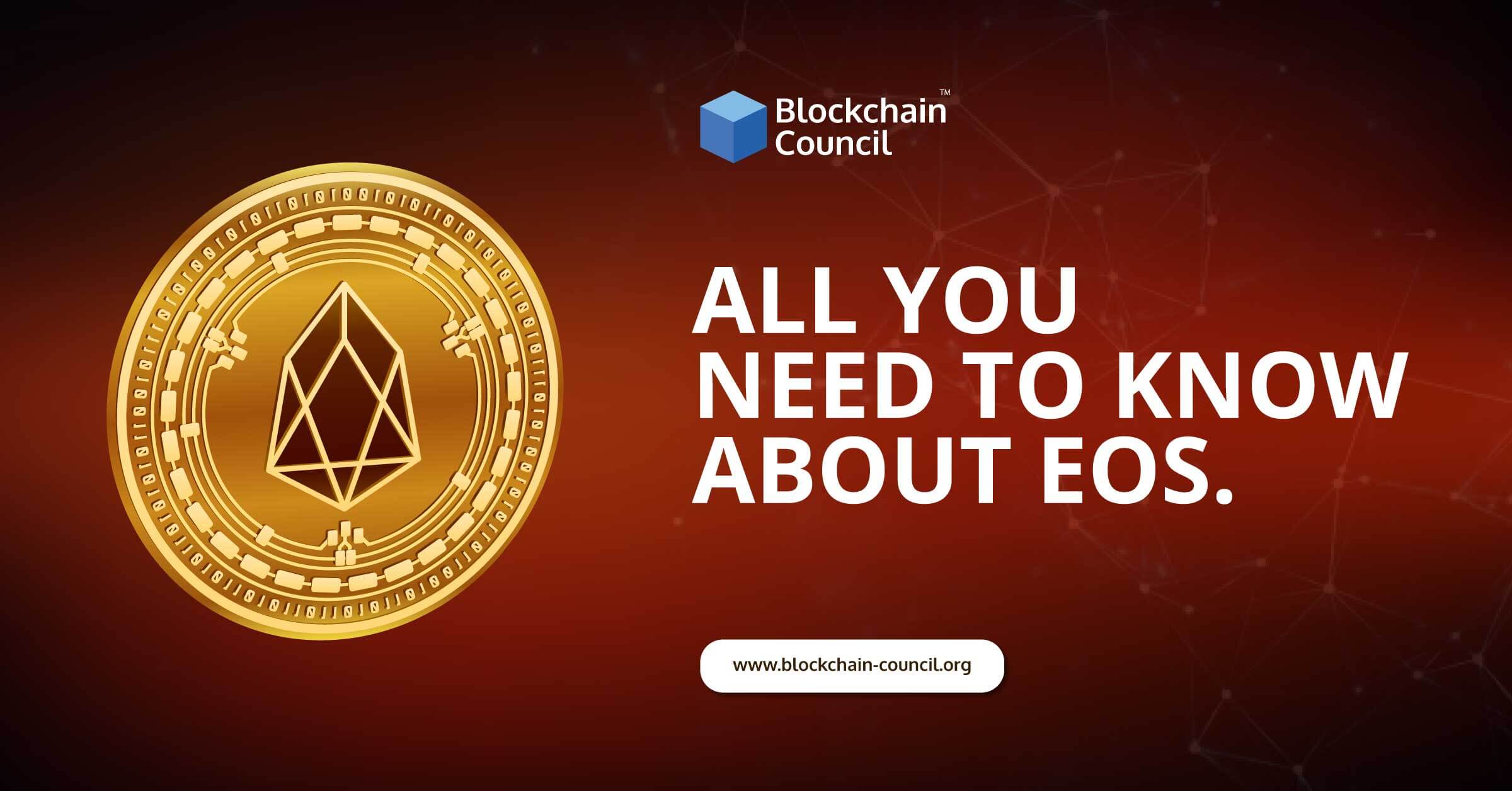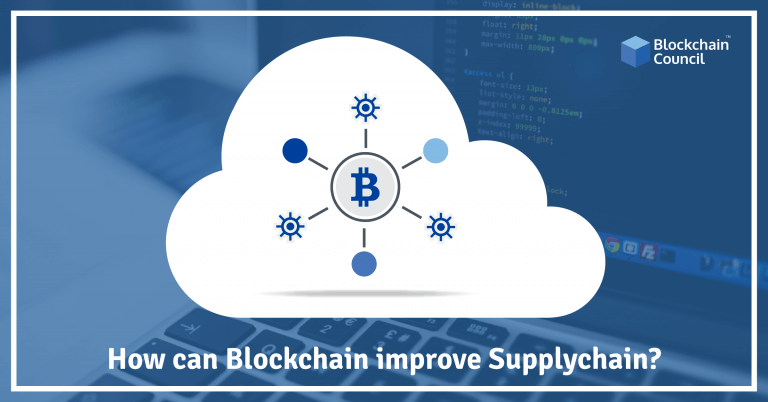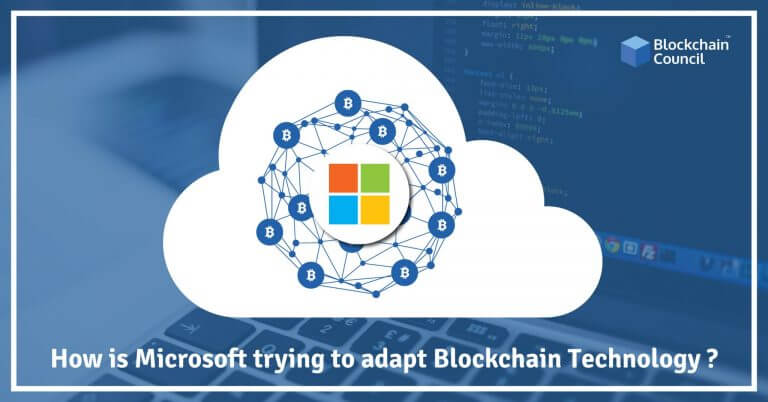
- Toshendra Kumar Sharma
- September 05, 2019
In simple terms, a blockchain is defined as a distributed database. Imagine a giant, global spreadsheet which runs on millions of computers. This is what gives it the quality of being a distributed database. A blockchain is an open-source as every participant on the blockchain can see what is going on and can also change the underlying code. Blockchains, no doubt, have the potential to revolutionize the world economy. Blockchain is regarded as the biggest innovation in the field of computer science.
For the past ten years, we have all been a part of the buzz and excitement surrounding blockchain technology and have been witnessing its tremendous growth through the numerous blockchain platforms which have been developed to help almost every industry vertical adopt blockchain for their businesses. Some of the popular blockchain platforms are Hyperledger, Ethereum, Corda, Ripple, Stellar, EOS, Quorum, and much more. Out of these, this article will throw light on the EOS blockchain.
So, What is a Blockchain?
A blockchain is an immutable (tamper-proof) decentralized ledger of digital assets. A blockchain operates over a peer-to-peer network, and it does not depend on a central authority to authenticate or settle transactions. All blocks in a blockchain are connected to each other using cryptographic principles which enhance the security of a blockchain.
What is EOS Blockchain?
EOS is one of the newest blockchains which has entered the cryptocurrency market. EOS is a decentralized platform which is designed to support decentralized applications (DApps) similar to the Ethereum blockchain. EOS is a blockchain architecture which aims to build a platform which has the ability to process a thousand transactions per second without on-chain transaction costs.
In an EOS blockchain, blocks are produced by Block Producers. They are similar to miners in an Ethereum blockchain. When they produce blocks, they are paid by the EOS blockchain. Hence, the users are not charged any fee. In EOS, two blocks are produced every second. Smart contracts can be built on an EOS platform. The EOS blockchain is powered by the EOS tokens. EOS is a utility token. A utility token is one which helps access goods and services offered by a project. Similarly, the EOS token provides bandwidth and storage on the blockchain.
What is EOS Cryptocurrency?
It runs on the EOS blockchain. It is used to support large-scale applications. There are no transaction fees involved for sending or receiving EOS. The EOS platform effectively substitutes inflation for transaction fees by rewarding the entities which periodically run the network with new EOS. The EOS coin is used for governance and allows developers and users to generate the resources they require for running applications on EOS.
Benefits Of The EOS Blockchain
- It is built for both public and private use cases.
- It is designed for the real world as it can be customized for a wide range of business needs.
- It offers secure application processing, role-based security permissions, and industry-leading speeds.
- Built on the EOSIO protocol, it follows similar patterns and programming languages which are used by existing non-blockchain applications.
- It creates a seamless user experience using development tools which they are already aware of.
Trading EOS
EOS is a ‘do-it-yourself’ platform, and on this platform, EOS tokens can be bought and stored. Let us start with understanding in brief ‘how to buy EOS?’
The Steps involved in Buying EOS Tokens Are:
- Get an EOS wallet.
- Set Up an EOS account.
- Find your EOS address.
- Sign up to any trading platform.
- Fund your account and buy EOS.
- Withdraw the EOS tokens to your wallet.
EOS wallets work differently when compared to other cryptocurrency wallets as it has two private keys: an owner key and an active key. The active key is controlled by the owner key, which is used for staking, unstaking, and transferring tokens. To send EOS from your wallet, you will require an EOS account. An account is 12-characters long, and it is a human-readable name which is stored on the blockchain. EOS uses two types of wallets:
- Hardware wallets- Ledger is a hardware wallet used by EOS. These can be used to store EOS and other cryptocurrencies. These are compatible with desktop and mobile platforms. These are physical devices which resemble an external drive. Once you access a hardware wallet, you can store your digital currency here, and it will no longer be stored on online servers. It is a secure way to store your cryptocurrency as even a hacker cannot transfer your coins without knowing the passphrase.
- Software wallets- These are non-physical programs which can be downloaded onto your computer. It is encrypted and needs a password to access the coins which you have stored. These wallets are connected to the internet, unlike hardware wallets, and hence, they are susceptible to virus or malware. It is possible for a hacker to record and view your passphrase when you type it online.
Once you have set up your EOS wallet, you need to get an EOS address to send EOS tokens to the wallet. It is a long string of characters which starts with 0x.
Trading Platforms Where You Can Sell EOS Cryptocurrencies
- Coinbase- It is available in 103 countries across the globe. Coinbase accepts wire transfers, domestic transfers, and debit card transfers.
- Kraken- It is relatively easy to register on Kraken, and it offers less fees when compared to other platforms. It will allow you to fund your account with USD, EUR, or CAD.
- Binance- It is a very popular cryptocurrency exchange where dozens of altcoins are listed, and this includes EOS.
- eToro- It offers a beginner-friendly trading platform which offers multiple payment options.
Scalability Of EOS
EOS currently processes more than 10,000 transactions per second. EOS has a feature called inter-blockchain communication. This creates another EOS blockchain which can handle more transactions. If EOS raises the bar and scales to more than a million transactions per second, will gain the status of being the most scalable blockchain and one which can handle any real-world application.
Transaction Cost
EOS is based on the ownership model. You are the owner of the resources which are provided to you such as CPU, RAM, and Net bandwidth, and there is no need for you to pay rent on an EOS blockchain. The account of the EOS members who do not use their tokens for three years will be terminated. There is a stacking pool which allows users to stack their EOS coins. Based on this, the operating system resources will be provided. You need not pay any transaction fees on the EOS network to complete your transactions. You can take back your EOS coins anytime you need by unstacking them.
Consensus Algorithm Of EOS
The consensus mechanism used by EOS is the Delegated proof of stake or DPoS. In DPoS, one who holds coins cannot validate transactions but can vote on who should verify transactions. It is similar to democracy. The people whom you can vote for are called ‘block producers.’ They are the ones who verify transactions and gain rewards. Totally, 21 block producers are responsible for the security of the network.
Abuse Of EOS
Cryptocurrencies, as we know, have the unique feature of sending and receiving transactions anonymously. It is the equivalent of paying cash in the real-world. But this comes with a risk factor, as it implies some people cryptocurrencies to commit anonymous crimes. This may involve buying and selling of weapons, credit cards, and illegal drugs. Once, Bitcoin was also used to pay for private assassinations. EOS is also prone to this feature. We must understand that all these technologies carry the risk of being abused, though only a small minority attempts to do it.
Conclusion
Blockchain, is no doubt, a platform for truth built on a platform of trust. Blockchain protects the basic right to privacy, which is the solid foundation of a free society. With the right to privacy being protected, identity, which is the foundation of freedom, needs to be responsibly managed. With EOS being regarded as the ‘Ethereum Killer’ it certainly has the potential to become a significant blockchain of the future offering free, fast, and scalable transactions. With EOS being regarded as the ‘Ethereum Killer’ it certainly has the potential to become a significant blockchain of the future offering free, fast, and scalable transactions.



































































 Guides
Guides News
News Blockchain
Blockchain Cryptocurrency
& Digital Assets
Cryptocurrency
& Digital Assets Web3
Web3 Metaverse & NFTs
Metaverse & NFTs
